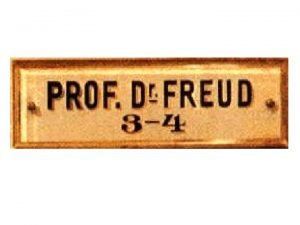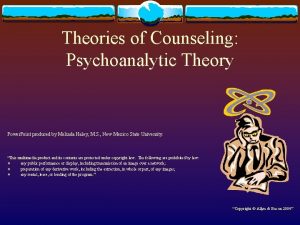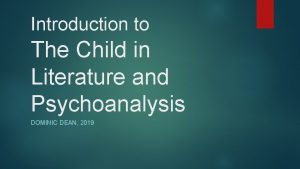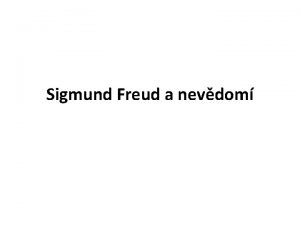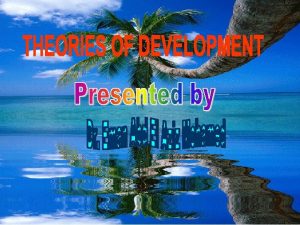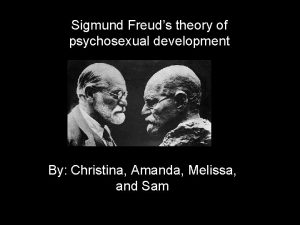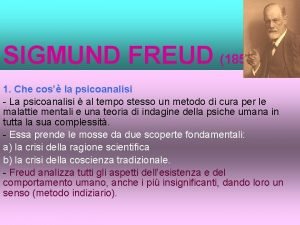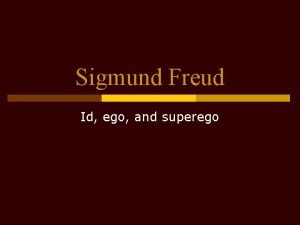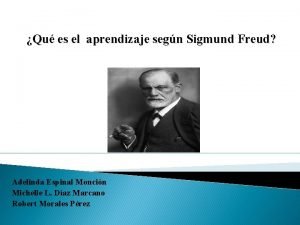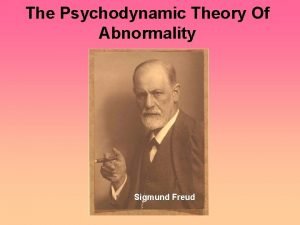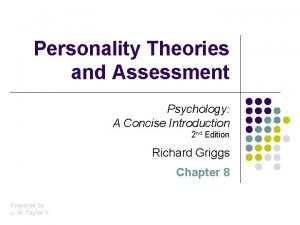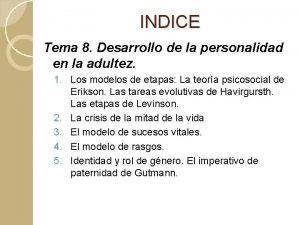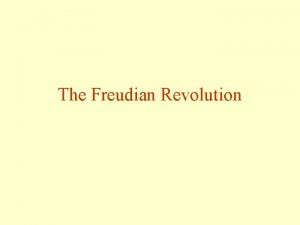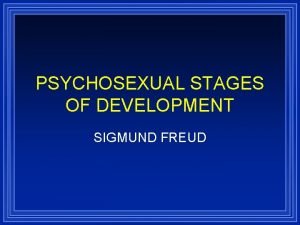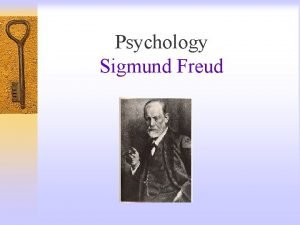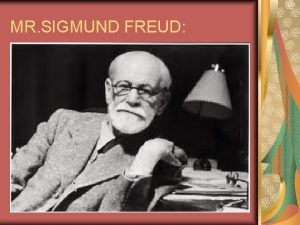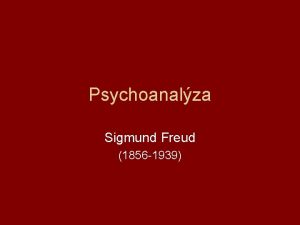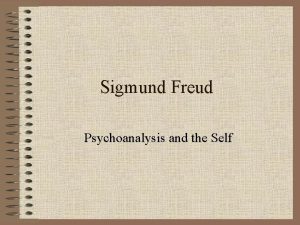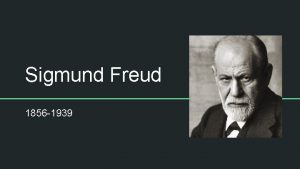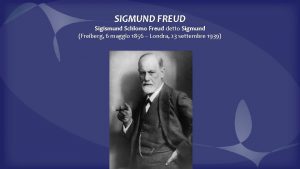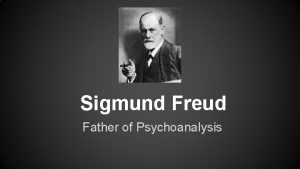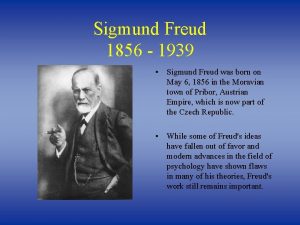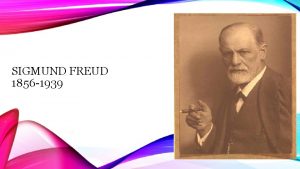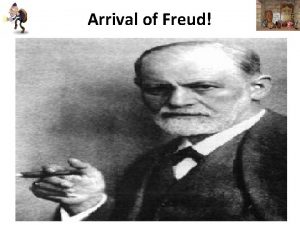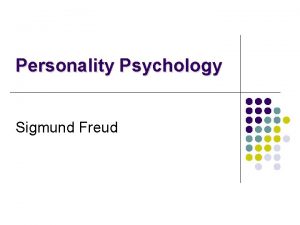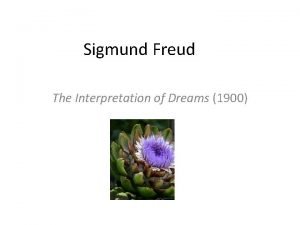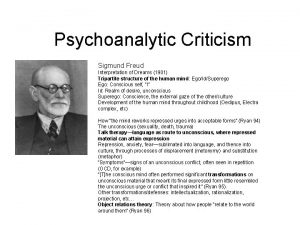Dreams Freud Interpretation Psychology 12 Freuds Interpretations Sigmund

















- Slides: 17

Dreams, Freud, & Interpretation Psychology 12

Freud`s Interpretations • Sigmund Freud believed dreams were an important part of our emotional lives ▫ He thought that they contain clues about thoughts and desires that we are afraid to acknowledge or express • Others disagree and argue there is no productive function of dreaming • Many differing opinions

Sigmund Freud • Austrian late 1800 s – 1930 s • Psychoanalysis • Conscious mind is only the tip of the iceberg –Concentration on the unconscious mind –“learn through dream analysis”

What’s The Meaning of Dreams? Depends Who You Ask? • Dreams As Information Processing: Helps consolidate the day’s experiences and memories. • Activation-Synthesis Theory: dreams are result of brain’s attempt to make sense of random neural activity.

• Dreams As Part of Cognitive Development: all mammals experience R. E. M. sleep and many researchers believe it helps facilitate cognitive development. • R. E. M. Rebound: tendency for R. E. M. sleep to increase following deprivation. May illustrate a biological need for it.

• Physiological Function of Dreams: periodic brain activity associated with R. E. M. sleep gives the brain needed activity to make neural connections. Also helps facilitate memory.

Have you ever dreamed of…. . ? • Falling 83% • Being attacked 77% • School, teacher, studying 71% • Sexual experiences 66% • Arriving late 64% • Eating 62% • A loved person dying 57% • Being locked up 56%

Have you ever dreamed of…. . ? • Finding money 56% • Swimming 52% • Snakes 49% • Being inappropriately dressed 46% • Unable to breathe 44% • Being nude 43% • Fire 41% • Failing an Exam 39% • Killing Someone 26%

3 Primary dream theories 1. Freudian analysis 2. Activation synthesis 3. Cognitive processes

Freud • The Id is trying to send a message • The message is disguised in symbols as it is likely a repulsive message • The message is primal • Possibly relates to something in childhood • Possibly makes us aware of something we initially thought was trivial

The Interpretation of Dreams (1900) ▫ Dreams are a form of wish fulfillment ▫ Attempts of the unconscious to resolve a conflict ▫ The discharge of otherwise unacceptable feelings ▫ Paid attention to details in each dream and drew connections between shapes and sexual representations Two aspects of each dream: • Manifest Content: represents remembered story line of a dream. • Latent Content: represents underlying meaning of dreams dealing with wishes and drives.

Activation Synthesis • Dreams are the product of random firing of neuron in the brain • Brain tries to make sense of these random firings by accessing memories • Reflect past memories, fears, hopes and desires, essentially things already in your brain being stimulated (no new information or connections) • Visual cortex among other areas like the Limbic System are active during R. E. M. sleep. • Mind always tries to make sense of stimuli.


Cognitive Processes Theory • Information processing, memory, & problem solving are all activated in waking and dream state • This comes from the concept that many works of art, literature, and inventions are said to have come from dreams ▫ Robert Louis Stevenson`s book Dr. Jekyll & Mr. Hyde ▫ The sewing machine (Elias Howe)

Cognitive Processes Theory • Review and address problems in waking life • Rehearse experiences in order to remember them better • Rehearse hypothetical situations in order to learn from them • Judgement portion of brain is disabled in order to work through uncensored thoughts • Stimulates neural development.

Dream Interpretation Activity • Choose one of the three types of dream interpretation out of the bowl • Turn a piece of paper into a T-chart: kind of like this -> • As we watch the video of the ‘dream’, record details and thoughts that you will then use for interpretation Type/Description: Details Interpretation(s)

“Dream” • Video Games by Lana Del Ray Analyse the dream using both visual and lyrics, using the whole video as an example of a very vivid dream.
 Dr sigmund freud
Dr sigmund freud Sigmund freud psychodynamic theory
Sigmund freud psychodynamic theory Sigmund freud family tree
Sigmund freud family tree Parapraxe
Parapraxe Ego strength erikson
Ego strength erikson Freud theory
Freud theory Phallic stage clipart
Phallic stage clipart Freud's theory
Freud's theory Sigmund freud 1856 até 1939
Sigmund freud 1856 até 1939 Freud unconscious mind
Freud unconscious mind Ego vs superego
Ego vs superego Imagenes del psicoanalisis de sigmund freud
Imagenes del psicoanalisis de sigmund freud Freud's model
Freud's model Sigmund freud psychodynamic approach
Sigmund freud psychodynamic approach Sigmund freud personality theory
Sigmund freud personality theory Etapas psicosexuales de freud
Etapas psicosexuales de freud The freudian revolution
The freudian revolution Sigmund freud oral
Sigmund freud oral
